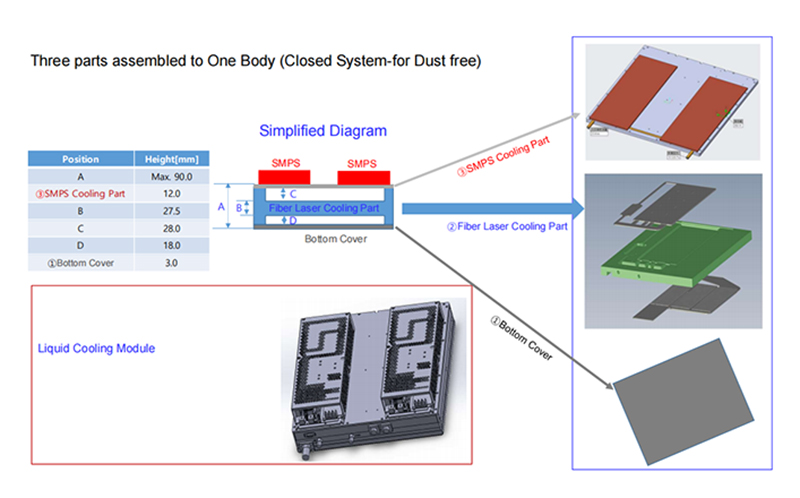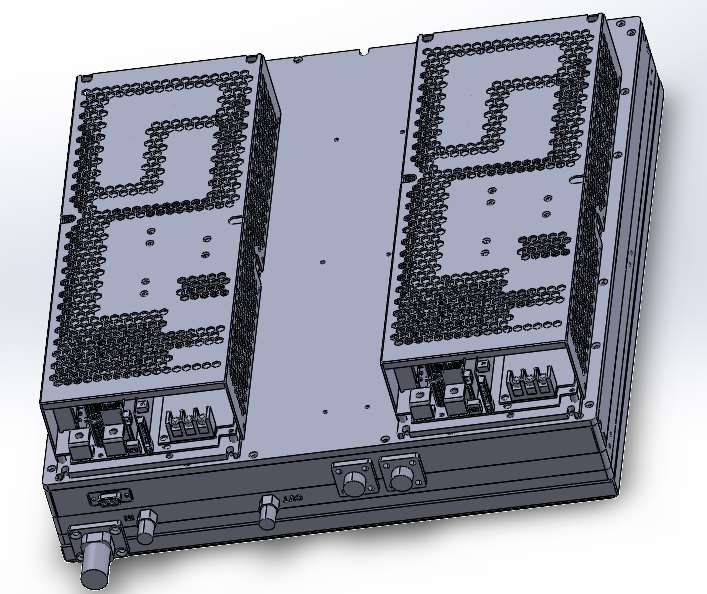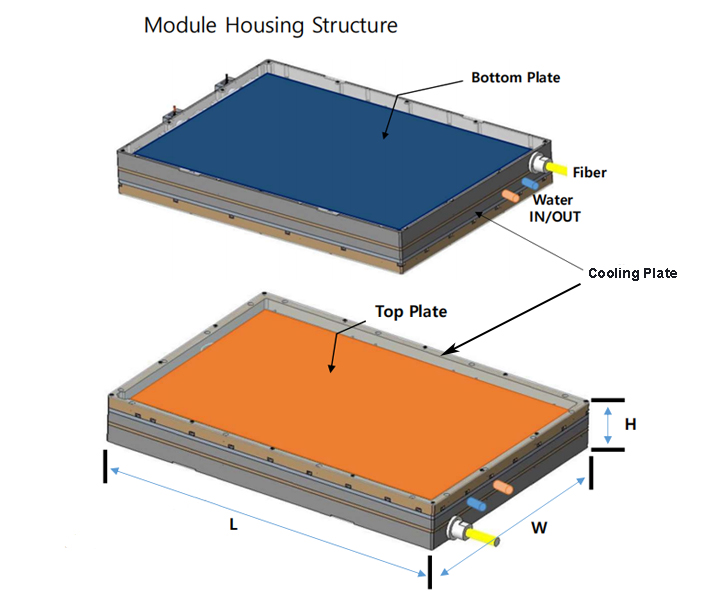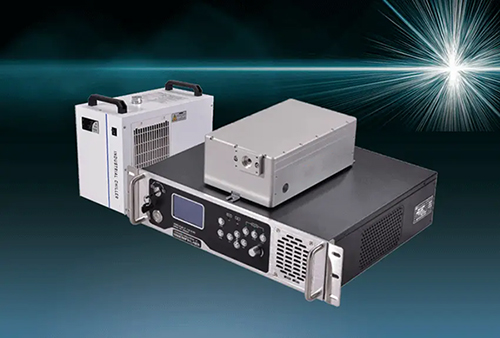A customer who manufactures lasers came to Lori and wanted to customize a liquid cold plate for their laser and sent us the drawings of the liquid cold plate. Then we carried out simulation thermal tests according to his design and requirements.
Environmental Condition and Requirements:
1. Working Fluid: Pure Water
2. Inlet Fluid Temperature: 20°C; Ambient Temperature: 25°C
3. Inlet Water Flow Rate: 23L/MIN
4. Total Heat Dissipation: 4.2KW, with 1KW on the backside fiber section and 3.2KW on the front side, where 6 LD modules account for 90% of the front heat dissipation
5. Liquid Cooling Plate Material: AL6063-T5
6. Requirement: The maximum surface temperature of the cold plate should not exceed 25°C
Based on the customer's original model, the first thermal test was conducted.
Simulation Results of Temperature Loss in the Mid-section of the Liquid Cold Plate:
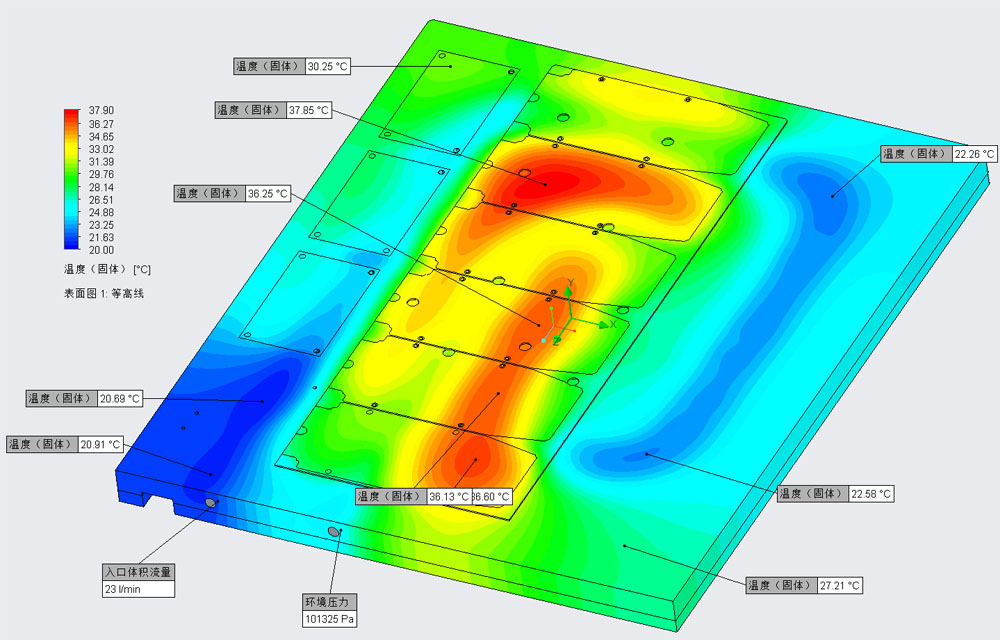
Simulation Results of Pressure Variation in the Mid-section of the Liquid Cold Plate:
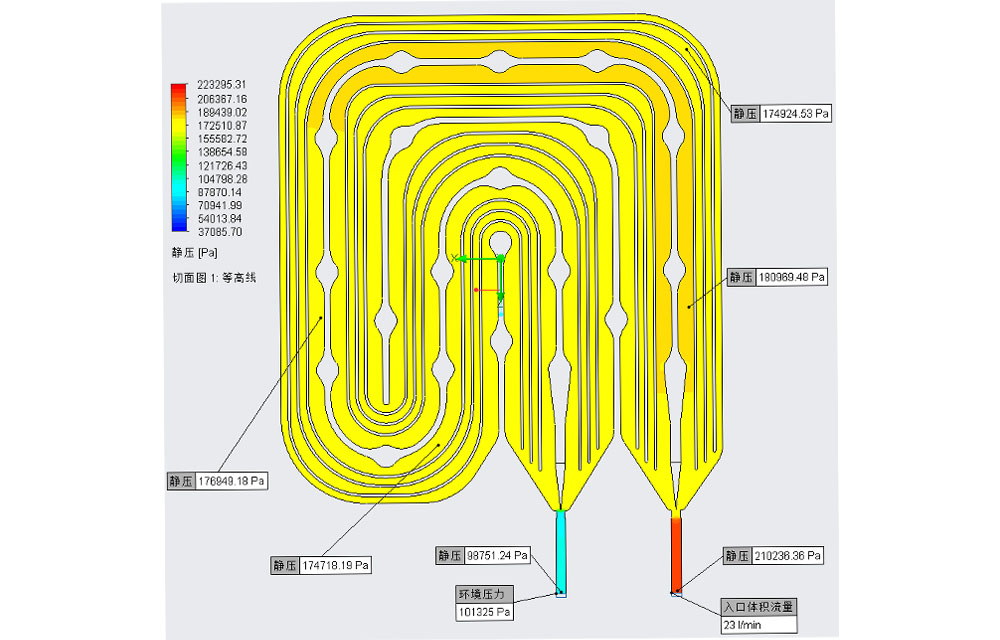
Simulation Results of Velocity Distribution in the Mid-section of the Liquid Cold Plate:
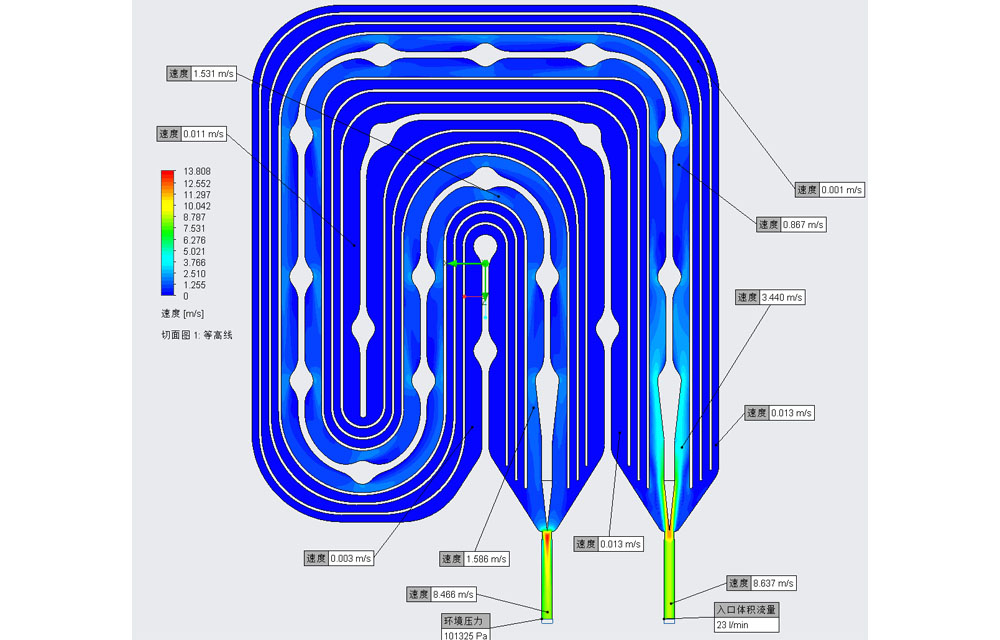
Results: Significant pressure drop between inlet and outlet, uneven flow velocity within the channel, and a maximum surface temperature of 37.9°C on the liquid cold plate, which does not meet the customer's requirements.
Recommendation: Increase the inner diameter of the inlet and outlet, and adjust the flow rate from 23L/MIN to 40L/MIN.
Optimization:
1. Change the flow channel under the LD modules to parallel.
2. Cooling sequence: Driver (3X) - LD Modules (6X) - Fiber Area
3. Add staggered pin fins under the LD modules to enhance heat dissipation, and use cold forging for mass production of pin fins.
4. To accommodate the cold forging process, change the material of the upper cover to AL1060
5. Convert the cooling channel to double-sided and use FSW (Friction Stir Welding) for joining
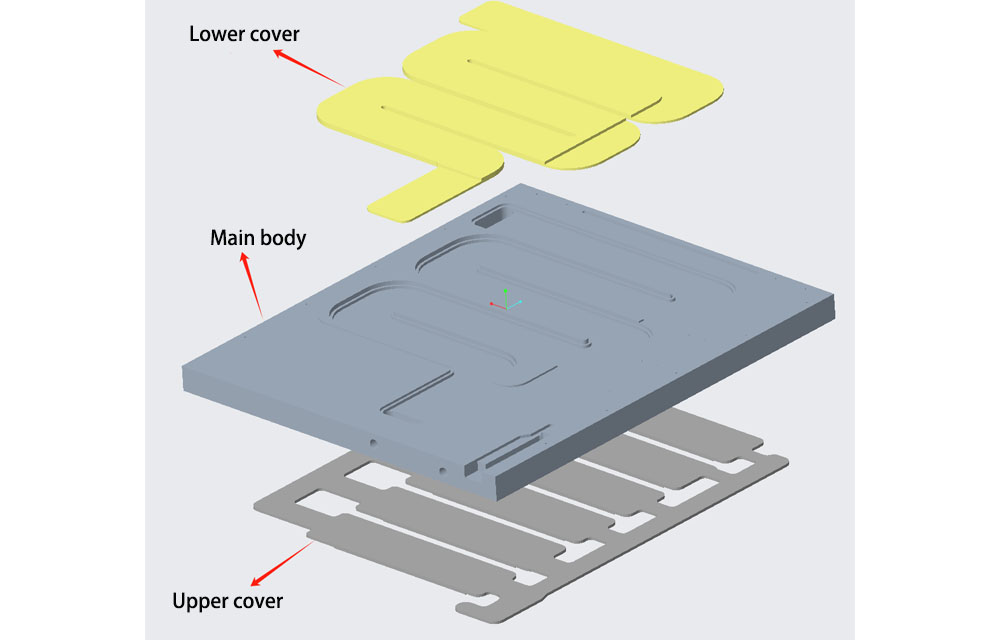
Second Thermal Test
Simulation Results of Temperature Loss in the Mid-section of the Liquid Cold Plate:
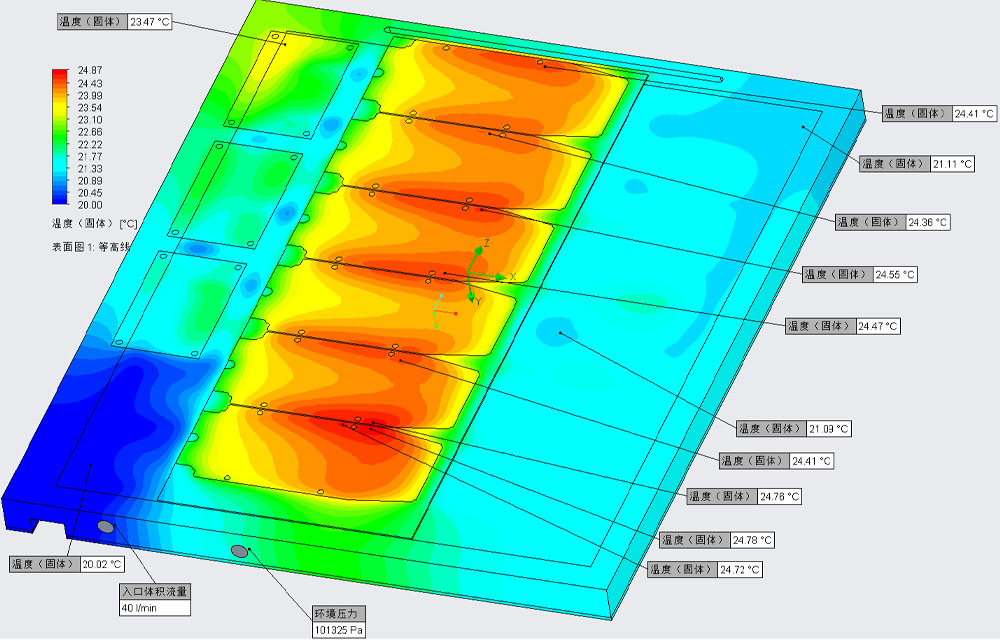
Simulation Results of Pressure Variation in the Mid-section of the Liquid Cold Plate:
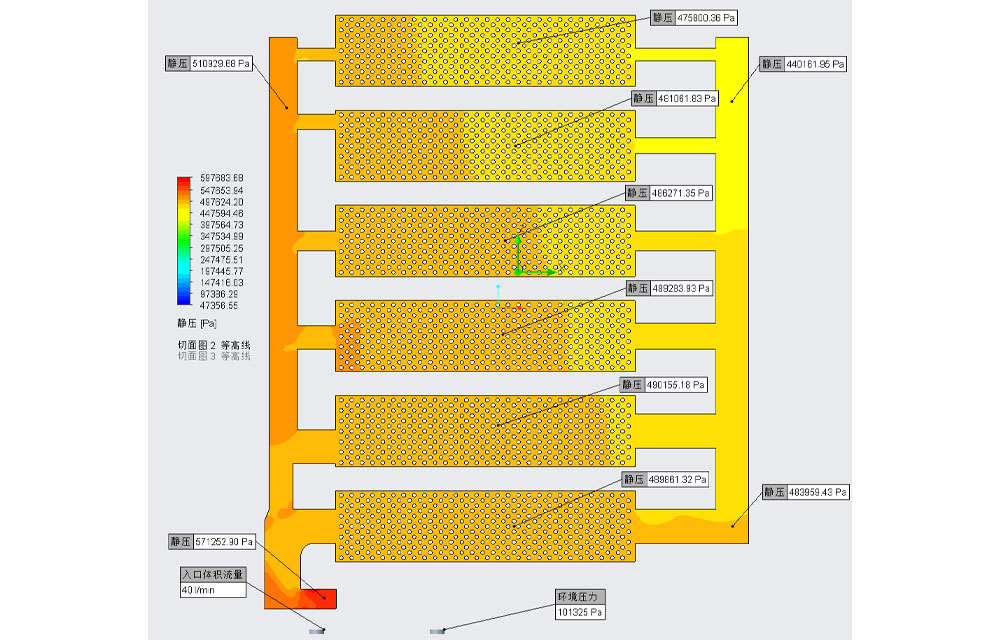
Simulation Results of Velocity Distribution in the Mid-section of the Liquid Cold Plate:
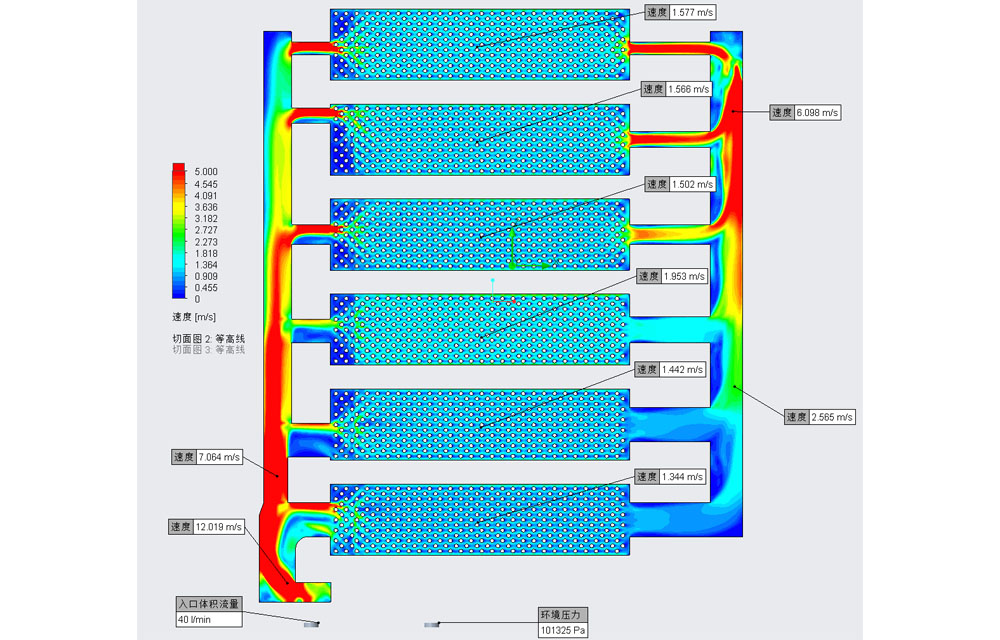
Optimization Results: Based on the optimized model, the flow velocity within the channel is uniform, and the maximum surface temperature of the liquid cooling plate is 24.78°C, meeting the customer's requirements.
The liquid cooling module of the whole fiber laser machine is divided into SMPS cooling, fiber laser cooling, and base plate, and these three parts are integrated and closed without dust.
Lori fiber laser liquid cooling plate module with its double-sided runner design, FSW welding technology, parallel runner structure, staggered cold forging thimbles and large flow inlet outlet and many other innovative features, can provide excellent heat dissipation performance, to ensure that the laser in the high-load operation of the temperature control stability. lori cooling module not only effectively improve the laser's efficiency, but also prolonged the service life of the equipment! The Lori cooling modules are especially suited for high power fiber laser systems, providing an efficient and reliable cooling solution for a wide range of industrial applications.









